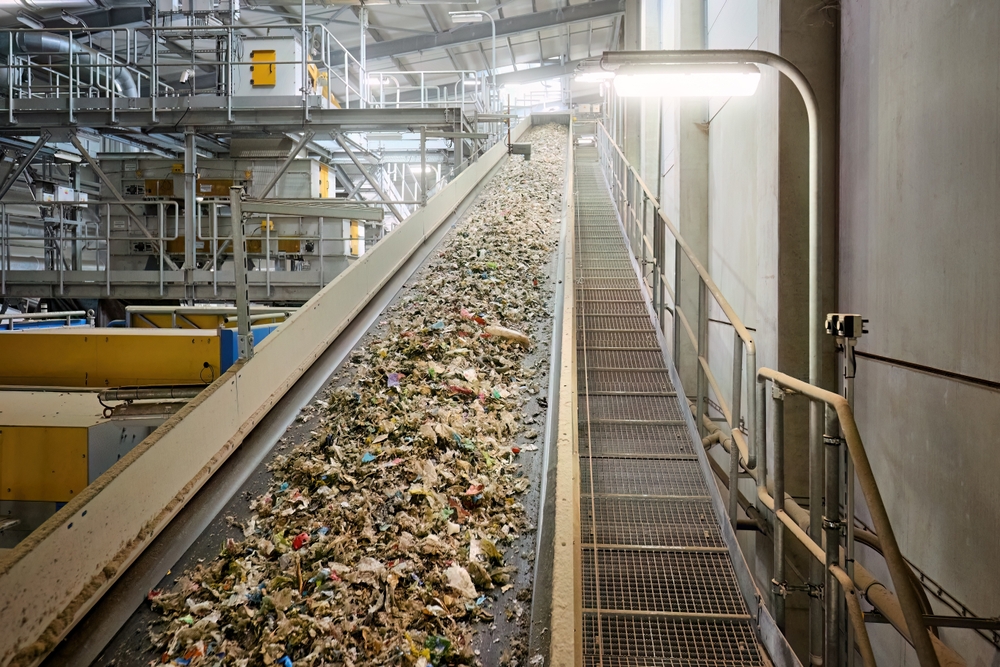Introduction
In today's fast-paced world, organizations are constantly looking for ways to increase efficiency and production, particularly in storage and logistics. The conveyor belt is one of the key innovations that has changed the warehousing scene.
Conveyor belts are now essential for optimizing operations and lowering costs thanks to technological advancements in design and functionality.
In this blog, we'll look at the newest innovations in conveyor belt technology and how they improve productivity in modern warehousing.
Understanding Conveyor Belt Systems
A conveyor belt is a mechanical device that transports materials or goods throughout a factory. These systems are widely utilized throughout industries like as production, distribution, and retail.
They greatly reduce physical work, lower the danger of injury, and accelerate the transportation of goods. As warehouses expand and e-commerce grows, the demand for innovative conveyor belt systems has increased.
Innovations in Conveyor Belt Technologies:
1. Smart Conveyor Systems
One of the most interesting developments in conveyor belt technology is the incorporation of intelligent systems. Smart conveyor systems use IoT technology to collect and analyze data in real time. This enables warehouse managers to track performance indicators like speed, load capacity, and maintenance requirements.
Businesses can use this information to make data-driven decisions to optimise operations, reduce downtime, and anticipate maintenance requirements before problems develop.
2. Modular Conveyor Belt Design
Modular conveyor belts give greater flexibility and scalability than traditional systems. These belts are made up of interlocking pieces that may be quickly constructed and modified to meet changing operational needs.
This versatility is especially useful in dynamic warehouse environments where product lines or layouts can change regularly. Businesses can quickly expand their systems using modular designs, eliminating the need for extensive modifications.
3. Energy-efficient Conveyor Belts
Energy consumption is a major concern for warehouses, as high energy costs can reduce revenues. Innovative conveyor belt technology increasingly prioritize energy efficiency. These belts use sophisticated materials and design techniques to reduce friction, allowing them to run with less power.
Furthermore, some systems include regenerative braking technologies, which can capture energy created during the braking process and redirect it for reuse, increasing total energy efficiency.
4. Automated Conveyor System
Automation is transforming the warehousing industry, and conveyor belts are at the vanguard of this transition. Automated conveyor systems are meant to integrate smoothly with robotic systems, allowing for speedier sorting, packing, and shipping procedures.
Warehouses that integrate conveyor belts with robotics can drastically reduce labor costs and boost throughput, resulting in faster order fulfillment and more customer satisfaction.
5. Advanced materials and coatings
The materials utilized in conveyor belt production are changing to fulfill the different needs of modern warehouses. Conveyor belts can now be constructed from a variety of materials, including thermoplastic, rubber, and metal, with each material optimized for a particular application.
Advanced coatings improve durability and resistance to chemicals, heat, and abrasion, making them appropriate for the harshest situations. This durability lowers the frequency of replacements, resulting in decreased operational expenses.
Advantages of Innovative Conveyor Belt Technologies
Implementing modern conveyor belt technologies in warehousing has several benefits.
- Increased Efficiency: Automated and smart conveyor systems can greatly accelerate the movement of items, lowering the time required for order fulfillment.
- Cost Savings: Energy-efficient designs and long-lasting materials reduce operational costs related to energy use and maintenance.
- Improved Safety: Modern conveyor systems have safety elements to reduce workplace accidents and injuries.
- Flexibility: Modular designs enable organizations to adjust their conveyor systems to changing needs without incurring significant downtime or costs.
- Enhanced Data Management: Smart conveyor systems generate valuable data that may be used to improve procedures, optimise inventory management, and improve overall warehouse operations.
Conclusion
Innovative conveyor belt technologies are redefining warehouse operations, making them more efficient, safe, and adaptable to shifting market needs. Businesses can increase production while lowering expenses by embracing developments like smart systems, flexible designs, and energy-efficient materials. As the logistics and warehousing industries expand, conveyor belts will play an increasingly important role in driving efficiency and growth.
In a world where every second counts, businesses that want to remain competitive must invest in the latest conveyor belt technologies. Embracing these technologies can result in a more streamlined operation, which leads to happier consumers and higher profits.






Comments